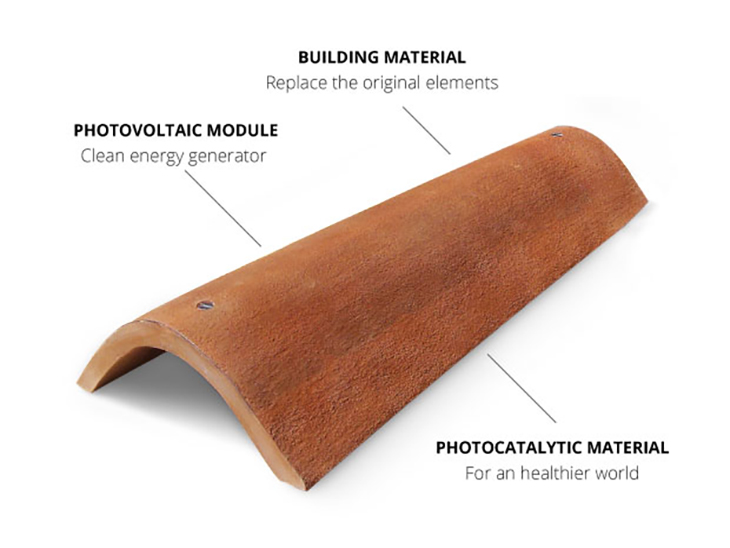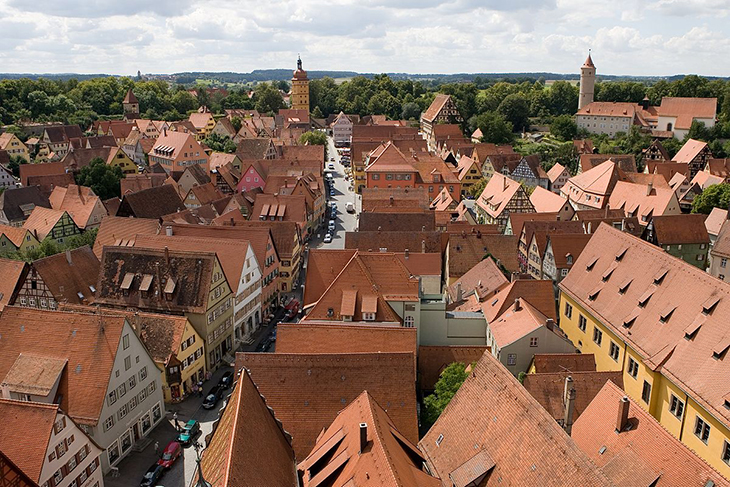
Old buildings have a certain kind of charm. Unfortunately, these aren’t built for sustainability. Solar paneled rooms have been designed for modern buildings and homes, and while these are beautiful, old buildings also need to make the shift.
In the historic Italian city of Vicenza, Veneto, a typically-Italian family business of artisans have started crafting a unique set of solar panels, one that would look good in historic homes while making sure that the owners of these homes also help conserve energy and help fight climate change.
These panels have been designed to be indistinguishable by the naked eye. They look like your everyday terracotta roof tile, but these “Invisible Solar” tiles are made to enhance and better the energy efficiency of heritage buildings without compromising the beautiful appearance of these historic structures.
Each tile is made from a non-toxic and recyclable polymeric compound that these artisans have developed themselves while making sure that each individual tile allows for sunlight to pass into a hidden bank of photovoltaic cells. The best part is that people won’t be able to tell that these are actually translucent.
With the design, the tiles appear to be the regular handmade clay tiles that cover most of the roofs in Italy. In fact, most of the roofs are designed that way in their native, UNESCO-listed Vicenza.
The company behind these tiles is called Dyaqua, and their founder, Giovanni Battista Qualiato says much similar to the regular roofing tiles, Invisible Solar can be installed by roofers without special training and without the use of specific equipment.

In 2015, Invisible Solar was mentioned by the Italian Ministry of Cultural Heritage and Activities and Tourism (MiBACT). They said that this could be the answer to improve energy efficiency in cultural heritage all across the country. In fact, the they are already installed the tiles in Pompeii.
“They look exactly like the terracotta tiles used by the Romans, but they produce the electricity that we need to light the frescoes,” said Gabriel Zuchtriegel, director of the Pompeii Archaeological Park.
“Since we needed an extensive lightning system, we could either keep consuming energy, leaving poles and cables around and disfiguring the landscape, or choose to respect it and save millions of euros.”
A pilot program will see conducted and this will allow the Invisible Solar terracotta tiles installed in the Portuguese city of Evora, and the Qualiato hopes that this will spark an interest in Dyaqua’s other products. That’s because the same technology and materials that enabled them to create the solar panel terracotta tiles will also enable them to copy natural stone, concrete, and wood exteriors, not just in the roofs of buildings, but on their walls and courtyards as well.
About 90 square feet (9 square meters) of tiling has the ability to generate about 1 kilowatt hours of electricity. This doesn’t sound like much but this still allows solar power to be used on historic buildings. This is much a better option than nothing at all.
What are your thoughts? Please comment below and share this news!
True Activist / Report a typo


